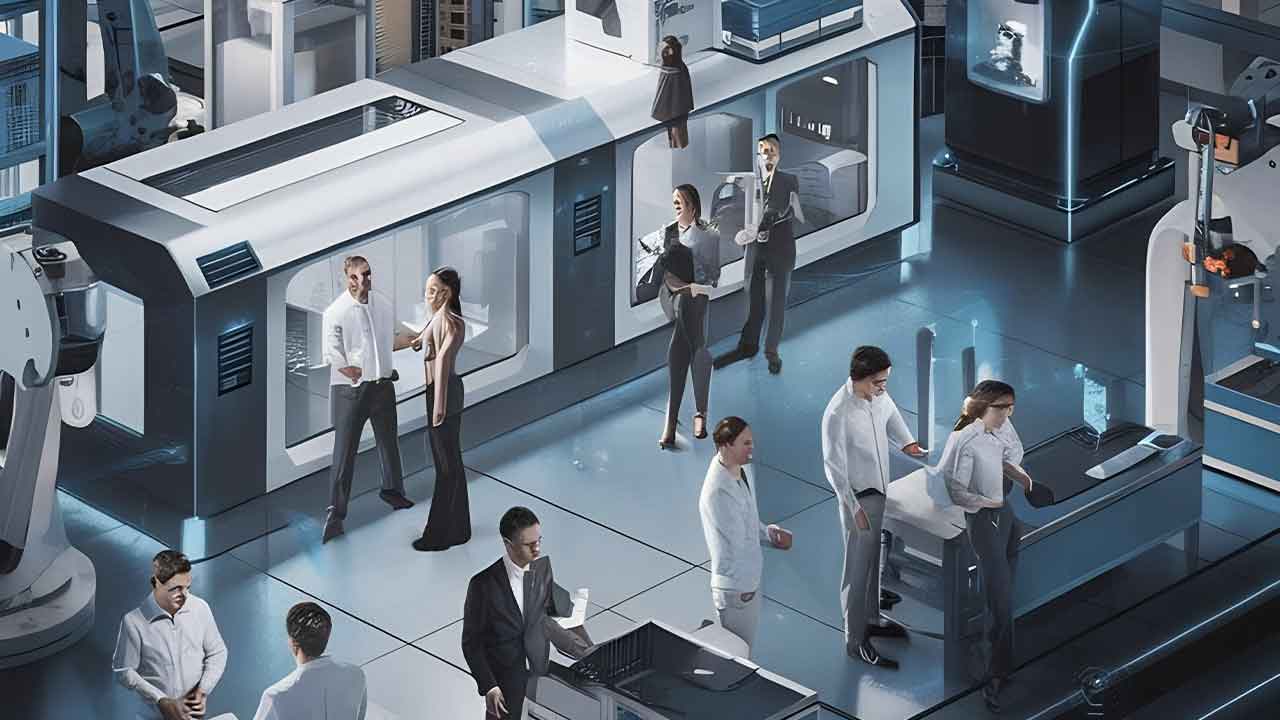Ingredients for Innovation
In my experience, Innovation initiatives often fail due to ambiguous goals and inconsistent support across the Company. In this article I try to list the “needed ingredients” to break silos and have the entire organization focused to innovate.
My Top 3 list is the following:
- The sponsorship by the CEO boosts executive support and consensus for the innovation effort.
- A centralized innovation portfolio management can be used to solve alignment and mobilization problems, by defining the purpose, scope and measures of success of the innovation effort.
- A “Head of Innovation” must be end to end responsible for the creation of the Innovation Plan and ensure that relevant stakeholders respect it. Without clear end-to-end responsibility, innovation initiatives are at risk of being considered flawed, since the criteria for success and monitoring of the process do not exist.
Additional needed “ingredients”, in my opinion, may be grouped in 5 categories:
- Strategic Alignment:
- The already mentioned sponsorship by the CEO plus an adequate level of investments.
- “Venture Capital” mentality and approach by the management.
- Aligned and shared business innovation goals, that implies the need of explicit Management buy-in with their participation to Steering Committees.
- The existence of a centralized Innovation Council plus a Program Management Office.
- Cross-Processes Collaboration Between Areas:
- Communication and Collaboration tools (e.g. newsletters, workshops, sprints, …).
- Common standards, methodology and criteria for success (ref. Agile, Design Thinking).
- Shared innovation pipeline and related management process, so that all employees can / should contribute.
- “Innovation Culture”:
- Multifunctional workshops and projects (MVPs, implementation).
- Job Rotation of people for innovative projects.
- Incentives and bonuses for contributions to innovation.
- Continuous Digital Change Management, starting from a preliminary assessments to identify gaps and / or resistances in order to define proper corrective actions, including: recruitment, re-skill, up-skill, proper communication, career planning, job rotations, …
- An environment where disruptive ideas can circulate.
- Ecosystem: this group includes all the actions to create and manage an ecosystems of Partners (part of the Supply chain or other suppliers) including:
- Startups,
- Universities,
- Customers,
- other Companies in adjacent segments.
- Open Innovation: this group includes actions I detailed in another article, so that I may just list the specific ingredients:
- Corporate Contests,
- Start-up M&As,
- Partnerships with Incubators and Accelerators,
- Corporate Spin-off / Spin-out,
- Corporate VC,
- Call for ideas,
- Research Projects with Universities,
- Corporate accelerator,
- Hackathons,
- Crowdsourcing,
- Start-up scouting,
- Joint labs,
- IP acquisition,
- Partnerships with start-ups.
About the Author
 This article was written by Antonio Mosca. Innovation manager certified by the Italian Ministry of Economic Development and the National Body for Digital Transformation. For over 20 years at the helm of digital innovation and business transformation initiatives, both in multinationals (Korber, Ericsson, Microsoft, EIT Digital) and consulting firm (Accenture, Ernst & Young). He recently founded New Digital Solutions, which offers consulting and solutions for Innovation and Digital Transformation.
This article was written by Antonio Mosca. Innovation manager certified by the Italian Ministry of Economic Development and the National Body for Digital Transformation. For over 20 years at the helm of digital innovation and business transformation initiatives, both in multinationals (Korber, Ericsson, Microsoft, EIT Digital) and consulting firm (Accenture, Ernst & Young). He recently founded New Digital Solutions, which offers consulting and solutions for Innovation and Digital Transformation.



